It might be useful for you to think about what your compiled code might look like at a machine (or, better for us humans, assembly) level. Consider this as a possible example in X86 Assembly:
When the method is called, arguments will either be passed in the registers or passed on the stack itself. Either way, the code calling the method will eventually:
call the_method
When this happens, the current instruction pointer is pushed onto the stack. The stack pointer is pointing at it. Now we're in the function:
the_method:
push ebp
mov ebp, esp
The current base pointer is preserved on the stack and the base pointer is then used to reference things in the stack (like passed in variables).
sub esp, 8
Next, 8 bytes (assuming two four byte integers are allocated) are allocated on the stack.
mov [ebp-4], 4
mov [ebp-8], 2
The local variables are assigned. This could actually be accomplished by simply pushing them but more likely there will be a sub involved. Fast forward to the end:
mov esp, ebp
pop ebp
ret
When this happens, the stack pointer is right back where it was when we started, pointing at the stored base pointer (saved frame pointer). This is popped back into EBP leaving ESP pointing at the return pointer which is then "popped" into EIP with the ret. Effectively, the stack has unwound. Even though the actual memory locations haven't changed for the two local variables, they are effectively above the stack (physically below in memory, but I think you get what I mean.)
